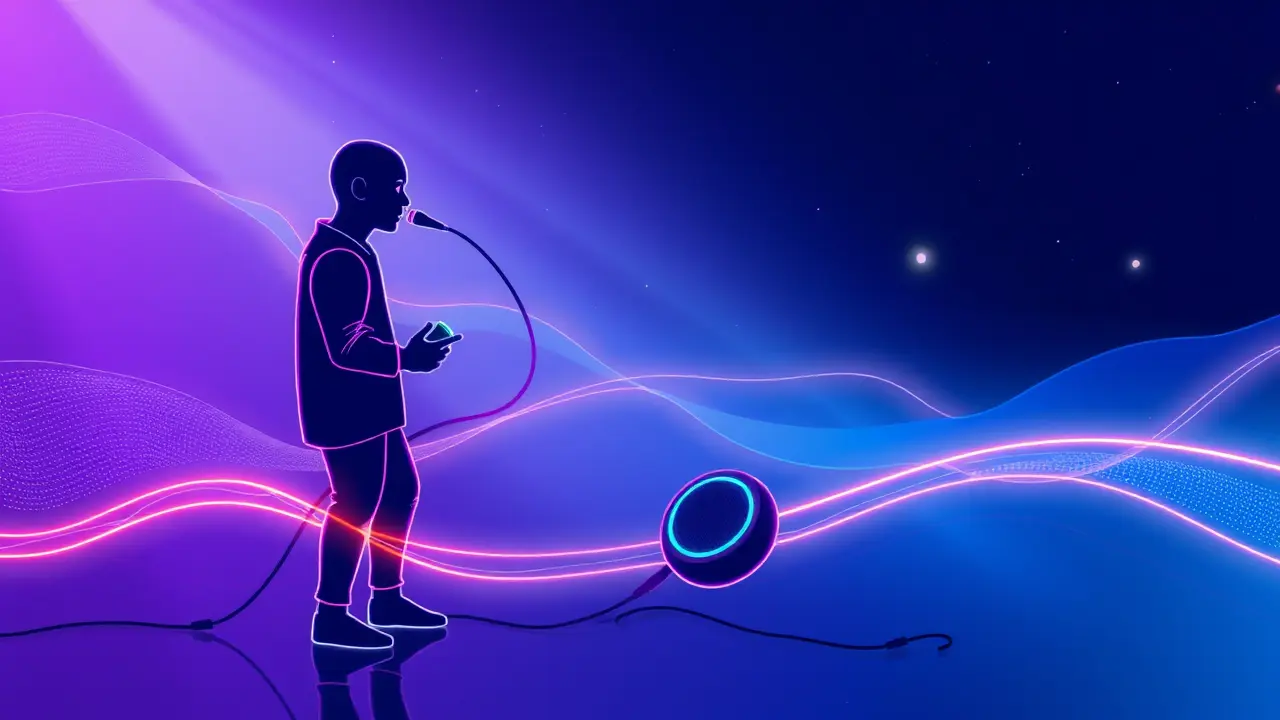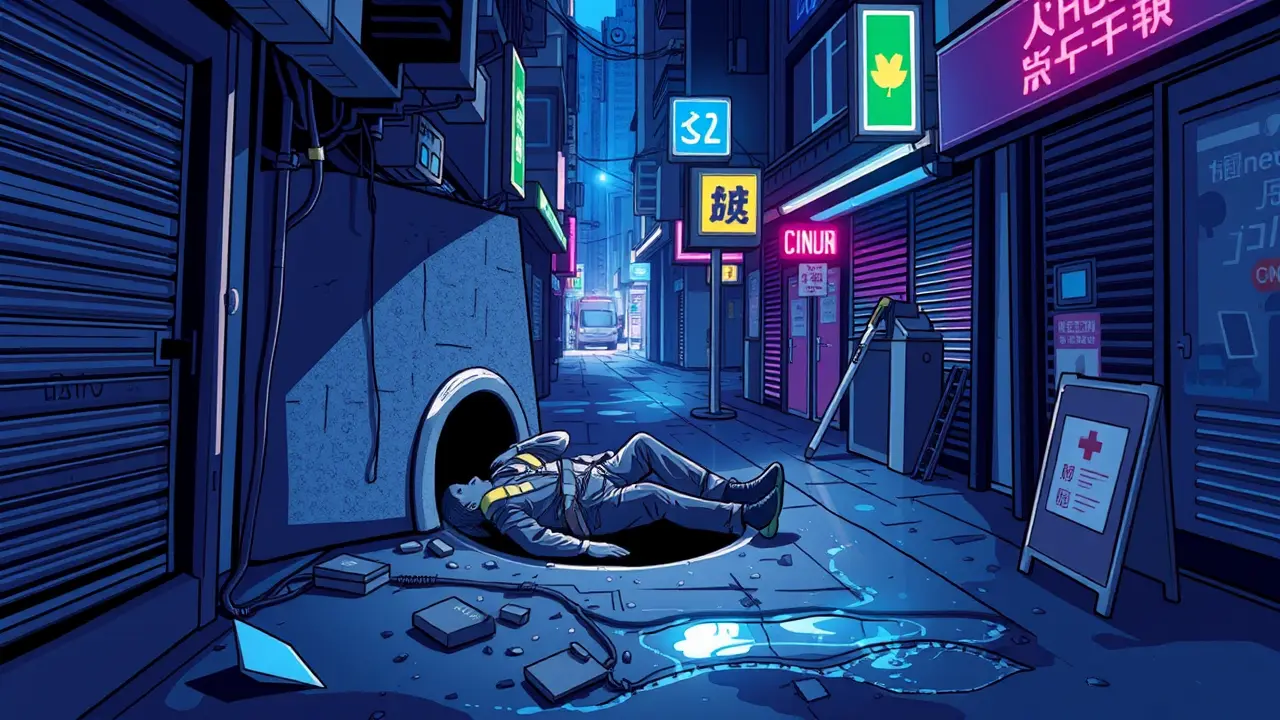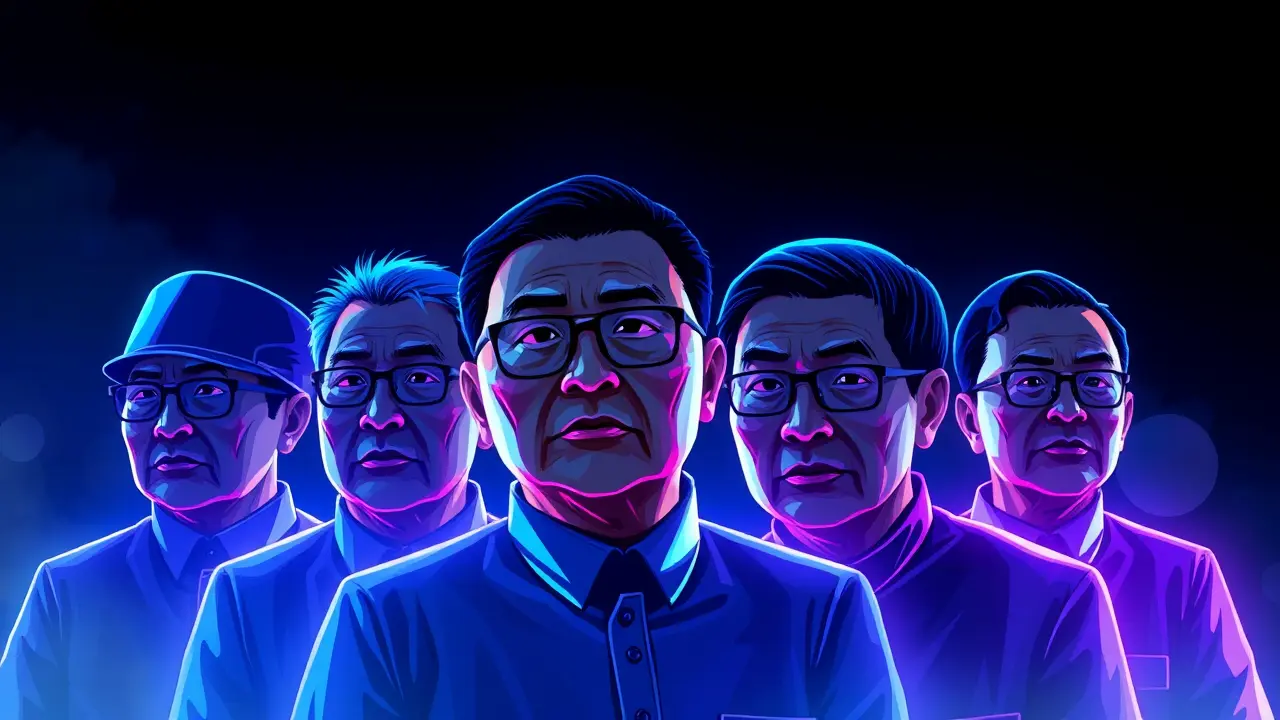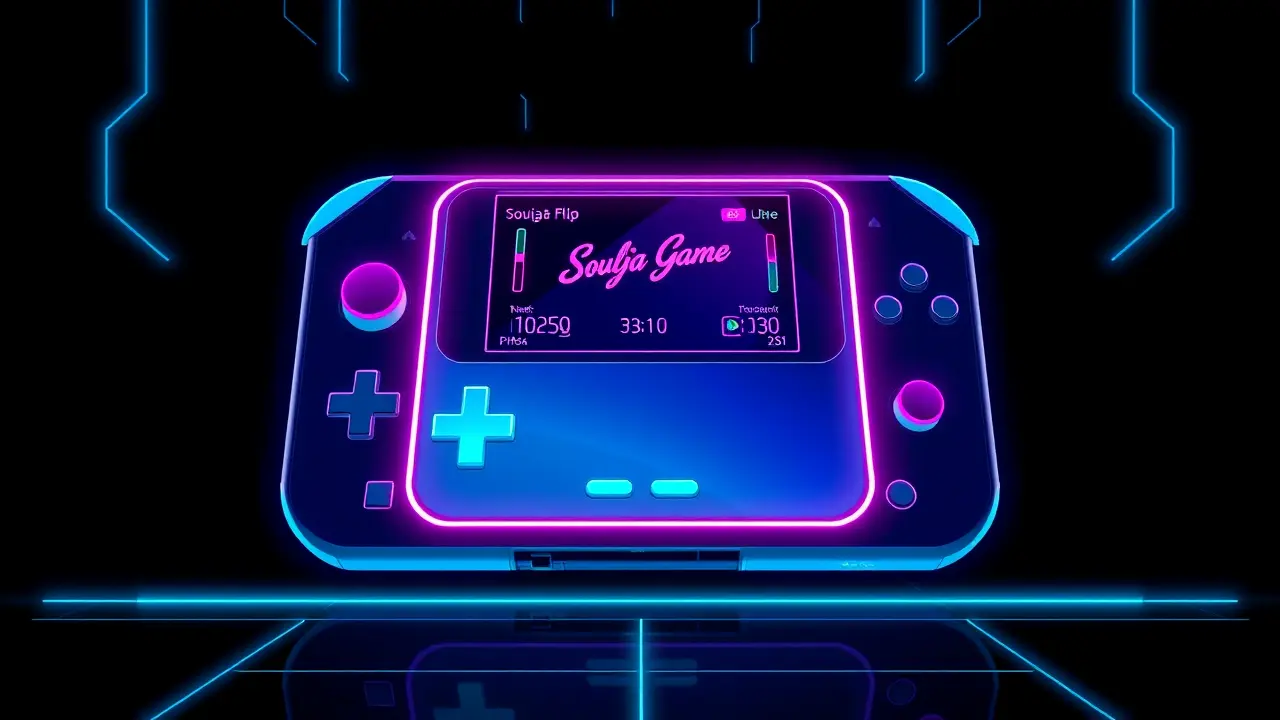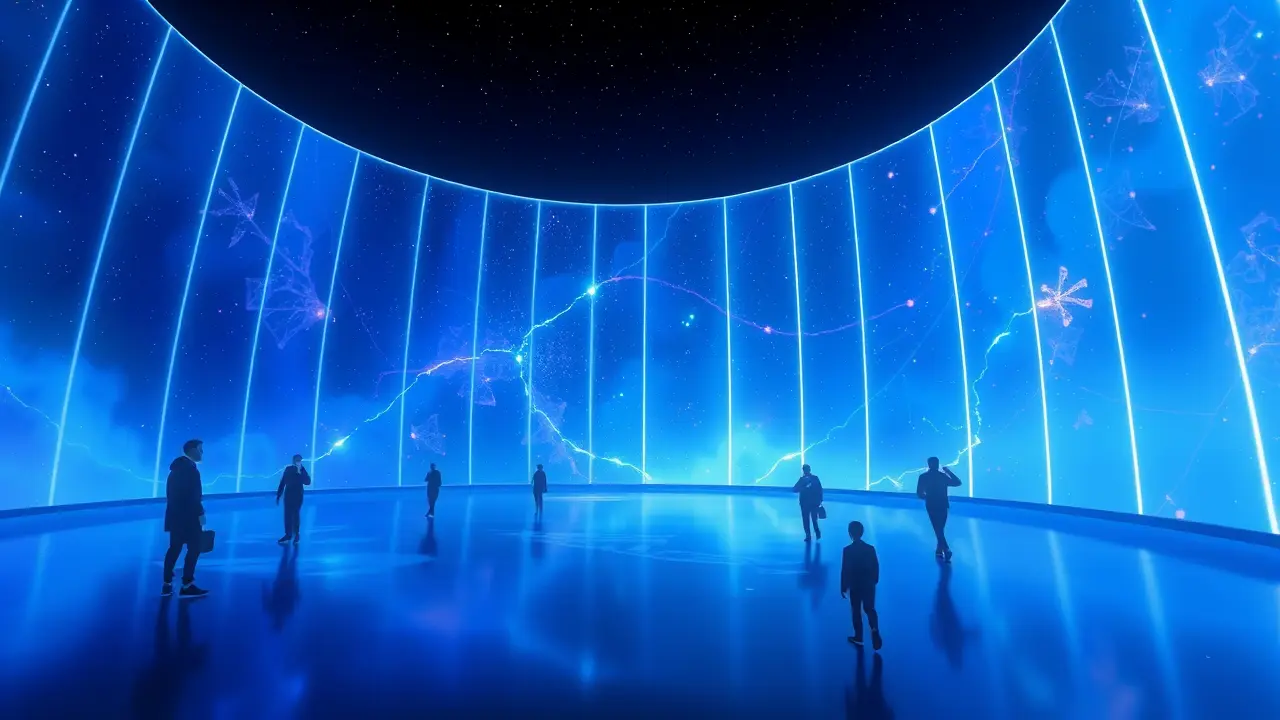
AIenterprise aiAI in Retail and E-commerce
Multimodal AI Enables Hyper-Personalized Experiences at Scale
SO
Sophia King
7 hours ago7 min read1 comments
Most immersive experiences today feel stale in retrospect, like a beautifully rendered but static painting you’ve seen a dozen times before. Brands have poured fortunes into creating spaces meant to captivate, yet they all converge on the same visual and audio cues, a homogenized digital landscape where differentiation is nearly impossible.The core of the problem has always been a brutal technological trade-off: you could craft something deeply personal for one individual, or you could build something that scales to hundreds simultaneously, but never both. This longstanding limitation is about to be shattered by a seismic shift, a change so profound it will make the jump from black-and-white film to color cinema seem like a minor adjustment.The catalyst is multimodal AI, a technological leap that promises to dissolve the joint scaling and personalization constraint, ushering in an era of truly multidimensional, adaptive experiences where every single person encounters something completely unique, all generated and refined in real time. Imagine it as a canvas that repaints itself for every viewer.Multimodal AI—these sophisticated machine learning models that can process and synthesize information from multiple streams like text, images, audio, and video—will fundamentally reshape not only the types of experiences we can design but the very essence of the designer's role. The designers of tomorrow will be the conductors of these AI systems, the visionary orchestrators who will compose the future of multidimensional experiences, finally achieving the holy grail of true personalization at a massive scale.To understand the revolution, close your eyes and picture two people walking through the same physical space, an immersive entertainment activation. They are not just passive observers; they are active participants in a narrative that bends to their will.Through interfaces like smartphones, wearable devices, and a web of embedded sensors, the environment itself adapts in real time to each individual. The visuals shift, the soundscape morphs, the narrative branches, and digital interactions become deeply personal dialogues.This is possible because multimodal AI can simultaneously 'see' the subtle nuance in your facial expressions, 'hear' the emotional cadence in your voice, 'read' the intent in your text inputs, and 'observe' the unique patterns in your movement. It acts as a master weaver, threading all these disparate data streams into a coherent tapestry to make intelligent, split-second decisions about how to personalize your journey.We're already seeing the embryonic stages of this. The Las Vegas Sphere, for instance, showcases an early-stage capability with its breathtaking 170,000-speaker Holoplot audio system, which can create distinct sonic zones with surgical precision.Visitors standing just feet apart can be enveloped in completely different sounds, tones, intensities, or even narrative perspectives of the same core content. Multimodal AI will supercharge this capability, moving beyond zonal personalization to a truly individualized sonic experience, crafting a soundscape unique to your biometric and emotional state, not just your physical coordinates.The sophistication of this personalization will be a direct function of the interface's capabilities. We can achieve a foundational level through the smartphones in our pockets and existing displays, akin to how museum audio guides today offer different language tracks.But for deeper immersion, we'll look to wearable tech like augmented reality glasses or advanced earbuds that can overlay entirely different visual and audio realities for each user. The future promises even more seamless, almost invisible interfaces.The rumored Jony Ive and Sam Altman AI device, for example, hints at a contextually aware, screenless future where interactions are governed by gesture, voice, and environmental cues, dissolving the technology barrier between us and the experience entirely. This technological pivot necessitates an equally profound evolution in the design profession itself, giving rise to what I call the 'uber designer.' These are not just makers of static assets; they are creative polymaths who direct and choreograph AI systems across multiple modalities—sight, sound, touch, even smell—to craft a unified yet endlessly adaptive experience. The uber designer becomes the conductor of a vast, AI-powered orchestra, setting the overarching vision and emotional tone while the AI, alongside specialized design teams, handles the real-time execution of countless personalized variations.This represents a welcome elevation into higher-order creative leadership. By offloading the routine execution and the immense computational burden of personalization at scale to AI, human creativity is freed to focus on strategic vision, deep storytelling, nuanced creative judgment, and the masterful orchestration of the overall experience architecture.This isn't a distant, sci-fi future; the need for designers to adapt is pressing and immediate. Those who position themselves now as AI orchestrators for immersive experiences will be the ones defining the next generation of physical spaces.We're already seeing pioneering integrations. Beauty giants like L’Oreal and Sephora have released AI assistants that allow customers to 'try on' makeup virtually or analyze their skin, a first step toward a personalized beauty counter.Bloomberg Connects has leveraged AI to enhance museum accessibility for visually impaired visitors through an immersive audio guide. 'The Sphere Experience' allows guests to have extended, surprisingly natural conversations with an AI humanoid robot named Aura.With multimodal AI, designers will be able to explode these nascent concepts into full sensory dimensions, impacting sound, sight, touch, and smell in a cohesive, personalized symphony. So, how does one become an uber designer? The path forward involves a deliberate reshaping of one's toolkit and mindset.First, start integrating AI into your creative workflows today. Don't wait.Begin with the administrative grunt work—AI can handle tasks like generating initial asset variations or organizing mood boards with minimal oversight. The critical skill to develop is learning how to effectively prompt, direct, and refine AI-generated content.Develop fluency across multiple AI platforms; understand their unique personalities, strengths, and limitations, much like a director learns the talents of different actors. Second, cultivate a fiercely cross-disciplinary mindset.The most valuable designers of this new era will be those who can think in terms of the entire experiential canvas, not just their specialized corner of it. You must move from being a 'maker' of discrete elements to an 'experience conductor' who understands how narrative, sound, visual design, and interaction design intertwine to create emotional resonance.Finally, focus on the monumental opportunity to modernize existing, stagnant spaces. The low-hanging fruit isn't in building new worlds from scratch, but in reimagining the retail stores, museums, and entertainment venues that feel trapped in the past.Infusing these spaces with AI-powered personalization can transform a mundane shopping trip into a curated discovery journey or a museum visit into a personal dialogue with history. Multimodal AI is the ultimate creative partner, a tool that will empower designers to envision and build spaces that move, inspire, and connect with people on a profoundly individual level. This is the dawn of a creative renaissance, and those who start experimenting now, who embrace the role of the conductor, will find themselves at the forefront, directing machines to compose immersive experiences we once thought were the stuff of dreams.
#multimodal AI
#hyper-personalization
#immersive experiences
#design
#retail
#featured
Stay Informed. Act Smarter.
Get weekly highlights, major headlines, and expert insights — then put your knowledge to work in our live prediction markets.
Related News
© 2025 Outpoll Service LTD. All rights reserved.
